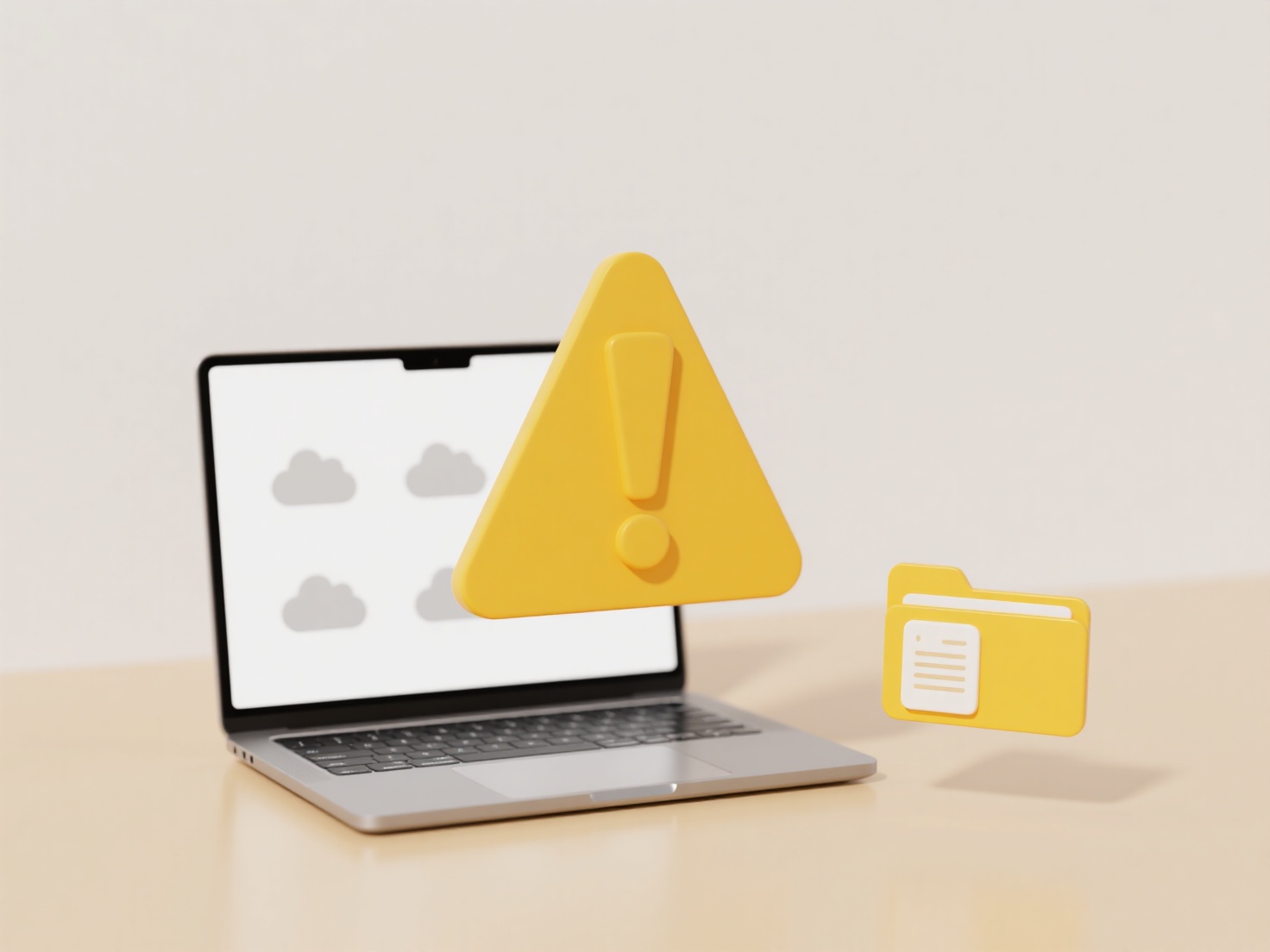
Editing a shared file offline means making changes to a copy stored on your device while it lacks an internet connection to communicate with the shared file hosting service (like Google Drive, OneDrive, or Dropbox). Unlike online edits, your changes remain local and isolated until you reconnect. During this offline period, others can still edit the online version. The version control system of the platform doesn't know about your changes until you go back online and attempt to sync them.
For example, working on a collaborative Google Docs report during a flight involves offline edits. Similarly, editing a shared spreadsheet saved locally on your laptop when you lack Wi-Fi access demonstrates this scenario. Common platforms include cloud storage services and collaborative editing tools used across various industries, such as project management software where teams share project plans.

The primary advantage is uninterrupted productivity regardless of connectivity. However, the main limitation is potential conflicts: when you reconnect, the platform detects conflicting changes between your offline version and the online version. You or others may need to manually review and resolve these conflicts, which can be time-consuming and error-prone. This necessitates clear team communication to minimize disruption and accidental overwrites.
What happens if I edit a shared file while offline?
Editing a shared file offline means making changes to a copy stored on your device while it lacks an internet connection to communicate with the shared file hosting service (like Google Drive, OneDrive, or Dropbox). Unlike online edits, your changes remain local and isolated until you reconnect. During this offline period, others can still edit the online version. The version control system of the platform doesn't know about your changes until you go back online and attempt to sync them.
For example, working on a collaborative Google Docs report during a flight involves offline edits. Similarly, editing a shared spreadsheet saved locally on your laptop when you lack Wi-Fi access demonstrates this scenario. Common platforms include cloud storage services and collaborative editing tools used across various industries, such as project management software where teams share project plans.

The primary advantage is uninterrupted productivity regardless of connectivity. However, the main limitation is potential conflicts: when you reconnect, the platform detects conflicting changes between your offline version and the online version. You or others may need to manually review and resolve these conflicts, which can be time-consuming and error-prone. This necessitates clear team communication to minimize disruption and accidental overwrites.
Quick Article Links
How can I save different versions of the same file?
Saving different versions of the same file involves creating and managing multiple iterations of that file, allowing you...
How do I search within Excel or Word documents?
Searching within Excel and Word allows you to quickly locate specific text or data without manually scanning entire docu...
How can I create a template or checklist for naming business documents?
A document naming template or checklist establishes consistent naming conventions for business files. It provides a reus...